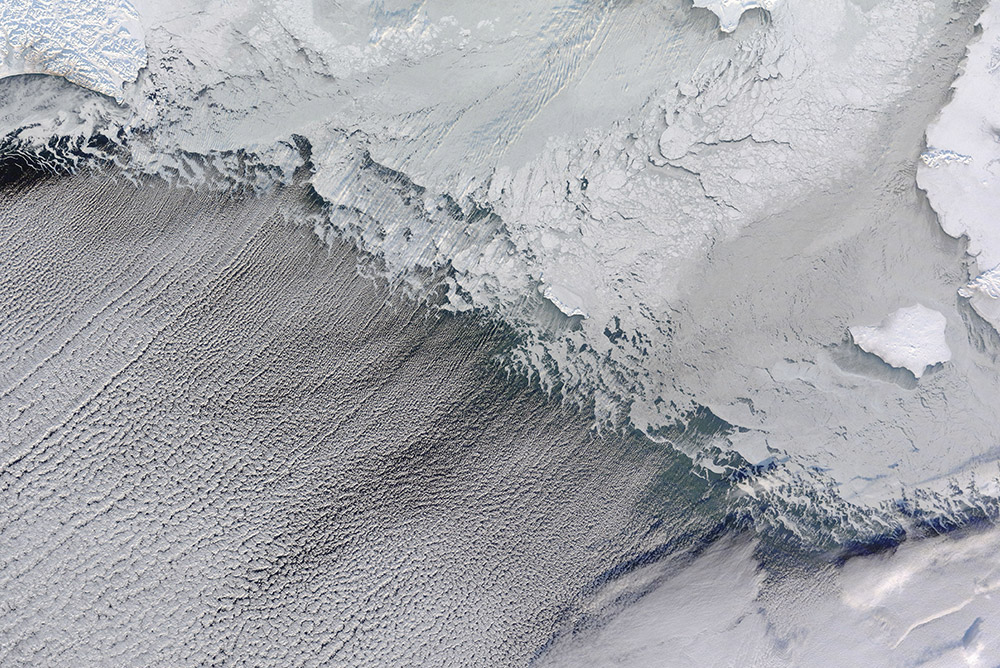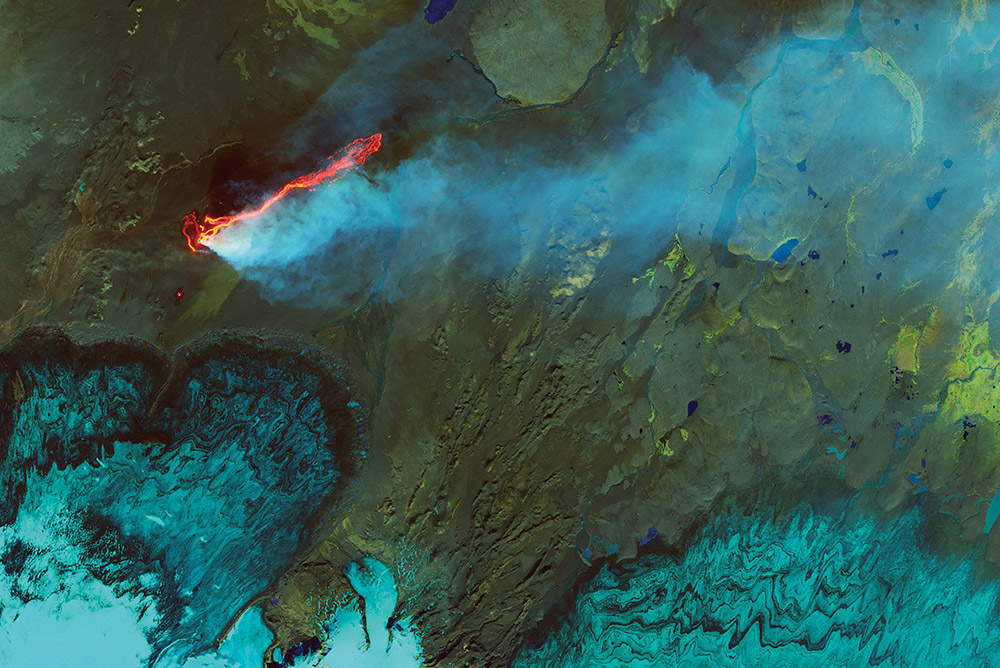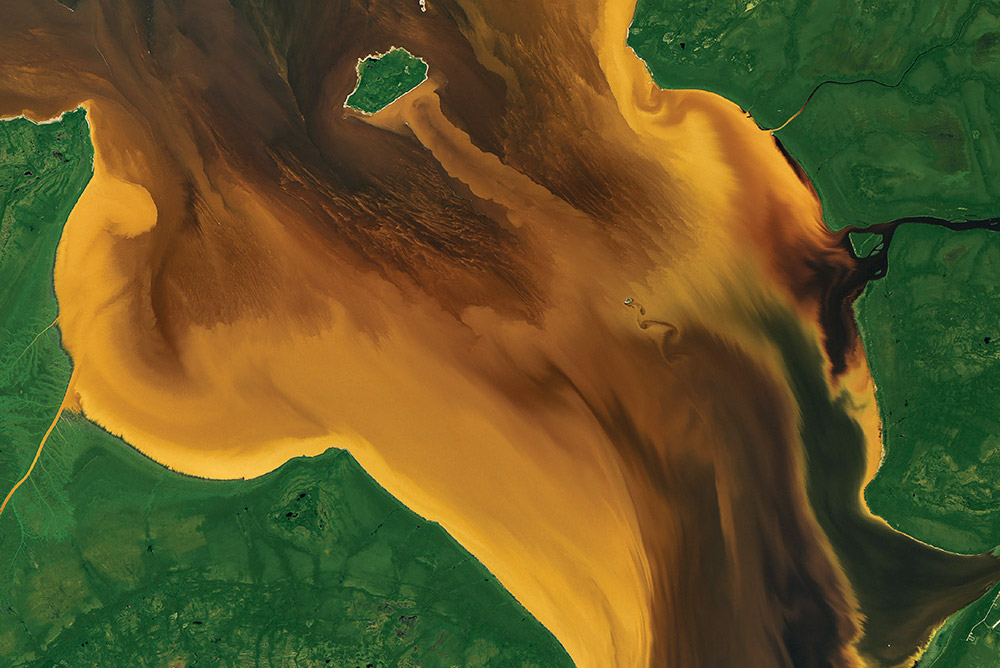If you ever need reminding just how incredible and unique Earth really is, then bury yourself in this wonderful treat from NASA that shows our planet in all its natural glory.
The book, appropriately titled Earth, features stunning imagery captured over the years by various NASA satellites. There’s a hardcover version for $53 ($74.20 if you’re outside the U.S.) that will blow away anything else you have lying on your coffee table, but for the princely sum of nothing you can also download a pdf, epub, or mobi version for ebook readers and tablets.
For quick and easy access, however, head to the online version that offers the same content as the book but with interactive elements. Here, you’ll find the imagery among four categories: atmosphere, water, land, and ice and snow.
For decades, @NASA has used data from Earth-observing satellites to better understand our planet. Satellite imagery in our new book, Earth, shows the story of a 4.5-billion-year-old planet where there is always something new to see. https://t.co/uSC7no5BZp pic.twitter.com/PzFqwnEGam
— NASA Earth (@NASAEarth) February 20, 2019
Click on the atmosphere category, for example, and marvel at the beautiful “curving cloud streets” in the skies above South America, and be sure to check out the dramatic “double trouble” shot that captured two hurricanes heading toward Hawaii in 2016.
Each image comes with a short description explaining its content, and there’s also an option to click through to the “full story” for a more in-depth account. It’s here that you’ll also find links to high-res downloads that can be enlarged for even greater detail.
“For all of the dynamism and detail we can observe from orbit, sometimes it is worth stepping back and simply admiring Earth,” Michael Carlowicz of the Earth Observatory writes in the book’s foreword.
“NASA has a unique vantage point for observing the beauty and wonder of Earth and for making sense of it. Looking back from space, astronaut Edgar Mitchell once called Earth ‘a sparkling blue and white jewel,’ and it does dazzle the eye. The planet’s palette of colors and textures and shapes — far more than just blues and whites — are spread across the pages of this book.”
Inspirational quality
Carlowicz says the creators of the book chose its 69 images for their inspirational quality.
“They tell a story of land, wind, water, ice, and air as they can only be viewed from above,” he writes, adding, “They show us that no matter what the human mind can imagine, no matter what the artist can conceive, there are few things more fantastic and inspiring than the world as it already is.”
For more amazing satellite imagery, check out this gallery featuring photos taken by NASA’s now-retired Earth Observing-1 satellite, several of which made it into NASA’s Earth book.
Editors' Recommendations
- This is the free app ISS astronauts use for Earth photos
- Check out NASA’s upgraded ‘Eyes on the Earth’ satellite tool
- NASA Chandra images highlight the beauty of the universe in X-ray wavelength
- NASA video celebrates the discovery of the 4,000th exoplanet







